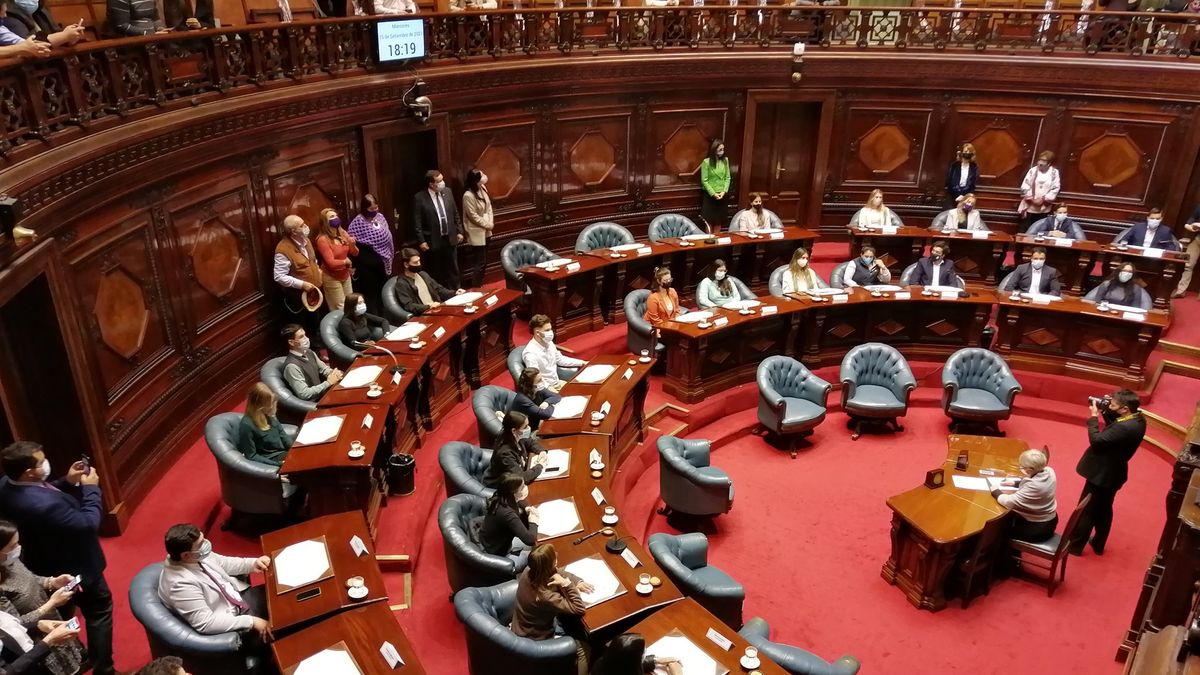“The local sphere finds several of the assets submerged in a kind of loop, with prices that lateralize or do not have a solid or precise horizon to value. This as a result of wheels that are extended while waiting for an agreement with the IMF as the main factor, and which does not seem to end up finding news of concrete progress, taking into account that March proposes to be a deadline when encountering the commitment to pay high figures in dollars, “said analyst Javier Rava.
He added: “In this scenario, the operating volume it remains very flat, and January does not seem to have any intention of breaking the poor development of the S&P Merval, while the flow is largely taken by the Cedears that replicate the shares listed on Wall Street and multiply the amount traded by four “.
The economist Gustavo Ber, for his part, highlighted that “negotiations with the IMF continue in the center of the scene (…) after the contacts between the technical teams, now it would be politics in charge of defining the strategy. This uncertainty worries operators who were inclined to consider that an agreement could correct macroeconomic imbalances “.
Analysts believe that if an agreement is reached, it should be before March 22, when the country will have to cancel around 4,000 million dollars to avoid the much-feared ‘default’.
Argentina faces a historic heat wave with temperatures exceeding 40 degrees Celsius, which made the country the hottest place on the planet for a while on Tuesday, putting pressure on electricity distributors and forcing its inhabitants to seek refuge in the shade.
Energy stocks were driven by rising oil prices, which hit two-month highs due to tight supplies and a drop in inventories in the United States to one floor since 2018, along with a weak dollar and a relief in prices. concerns about the impact of the omicron variant of the coronavirus on demand.
US crude stocks fell while gasoline and distillate inventories rose, the government’s Energy Information Administration (EIA) said on Wednesday.
Brent crude futures were up 95 cents, or 1.13%, to $ 84.67 a barrel, while US West Texas Intermediate (WTI) oil futures were up $ 1.42, or 1.75%. , at $ 82.64s a barrel. Both contracts added their sixth session to the rise in the last eight.
At the close of the market, the results of the first tender of this year of the Ministry of Economy were known, in which obtained $ 114.4 billion in the first bid of the year, more than double what it went out to seek; In this way, the first month of 2022 begins with an extra financing of $ 58,926 million, according to the portfolio in a press release.
Bonds and country risk
Between the sovereign dollar bonds, the local legislation presented better returns than the foreign one, although in both cases the results did not have a good performance, especially in the most representative bonds, AL30 and GD30, because they presented decreases in dollars.
Meanwhile the dollar-linked sovereign debt continues to sell, falling 0.75% on average today in its three maturities. At these prices, -5.5% tna TV22 and T2V2 and -1% tna TV23 yield.
For its part, the bonds in pesos with CER adjustment operated mixed, offered the short section but taking the middle and long section of the curve, especially the DICP.
Country Risk, measured by JP Morgan bank, rises 0.1% to 1,821 basis points, its highest level since December 1.
Source From: Ambito
David William is a talented author who has made a name for himself in the world of writing. He is a professional author who writes on a wide range of topics, from general interest to opinion news. David is currently working as a writer at 24 hours worlds where he brings his unique perspective and in-depth research to his articles, making them both informative and engaging.




